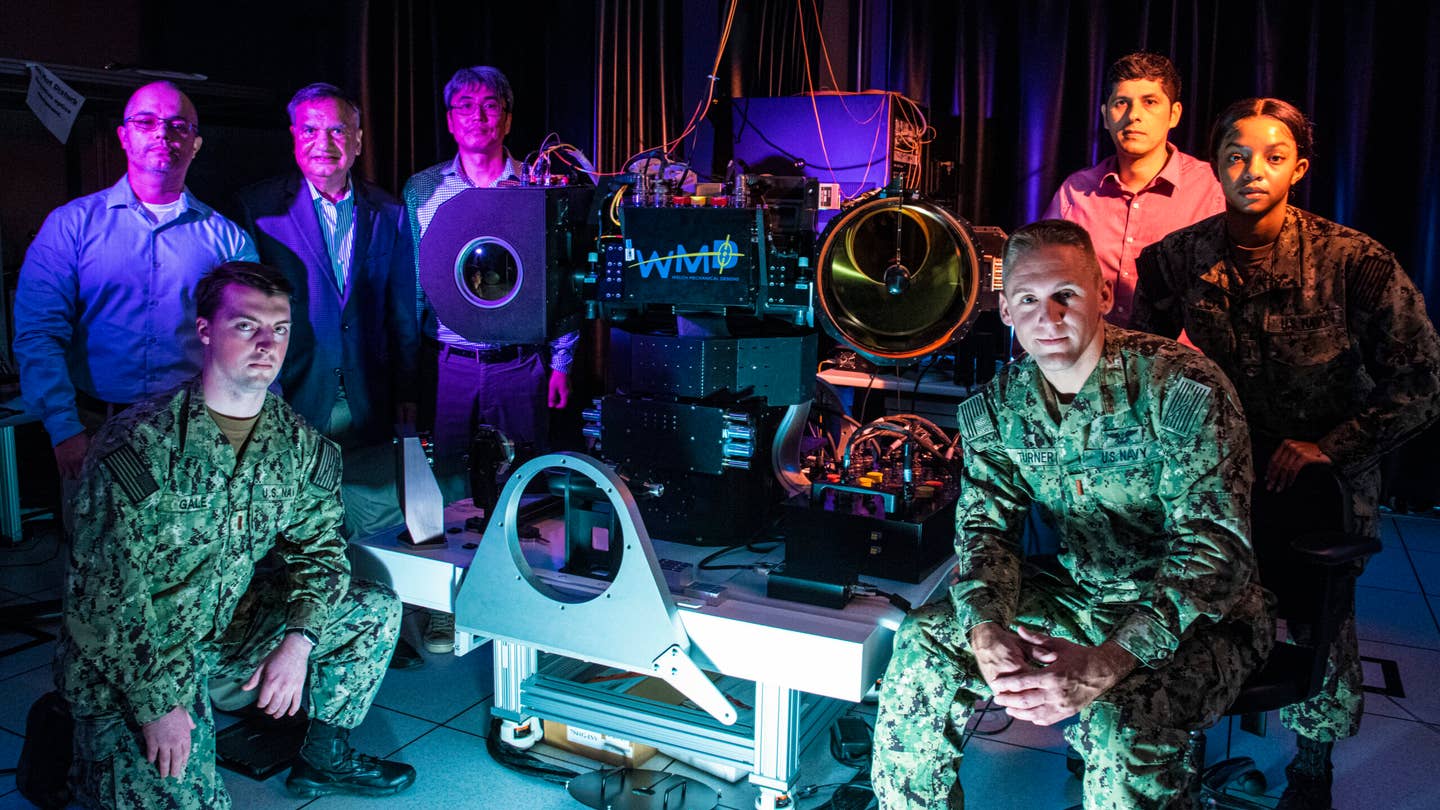Is AI the future of military operations?

U.S. Navy photo by Javier Chagoya.
SUMMARY
Quick: If you could have a robot or artificial intelligence for any purpose, what would it be?
Well that's a good idea. That second one, not so much. Your third...I shouldn't have invested in remote mind-reading. Stop thinking about that.
Well, when generals get to thinking about military automation, there's an awesome use case that most folks don't consider: Military intelligence.
It's not the kind of thing that gets featured in 3-hour James Cameron movies. But it was one of the first use cases for artificial intelligence. And it makes a lot of sense.
Humans suss out patterns and react in real-time to changing stimuli. They're good on a patrol or in a firefight. But when they look at repeated photos of the ocean, the photos bore them. They mentally wander. And so they might miss the sub under the surface, the ship riding too low in the waves, or 86 blockade runners smuggling 47,000 Russian troops into Cuba.
Artificial intelligence, for years, was the opposite. The muddy data that sensors could feed it from the real world confused it. It amazed and astounded when it sorted through millions of data points to trade stocks, though.
What is artificial intelligence in OSINT?
The Defense Innovation Unit, a Department of Defense organization that solicits commercial technology for military use, would like to tap into new iterations of that history.
Specifically, it wants an artificial intelligence that can comb commercial and public information, commonly called OSINT or open-source intelligence. A digital Poindexter reading the internet for rival military secrets.
What would the world's most boring Terminator look at? Well, if you're familiar with Bellingcat, it would be a digital version of that.
Bellingcat is an internet journalism group famous for its work analyzing publicly available information to prove, for instance, that a Russian missile launcher and crew downed Ukrainian flight MH17. And it did so years before official European investigators confirmed it.
From the DIU solicitation:
The ideal prototype is envisioned to leverage open-source data, machine learning (ML) data science tools, and [Science and Technology]-specific subject matter expertise to identify and characterize S&T development activities by foreign state competitors and adversaries across five technology areas of interest, namely: Artificial Intelligence, Biotechnology, High Performance Computing, Semiconductors, and Quantum Computing.
Why does OSINT Artificial Intelligence matter?
Machines reading the internet sounds boring, but the potential payoff for the military would be a goldmine. Tracking funding and scientific papers, the service could guess what Chinese technologies are matured, which are floundering, and where planners are aiming next.
It would let our own intelligence agencies place better strategic bets. And it would forestall Russian surprises like their claimed super cruise missile. Or the claimed super torpedo. Or the hypersonic missiles. None of which seem to work, but we need a digital Poindexter out there, scanning for threats.
If you have a pitch for the program, too bad. The cutoff was January 12, 2023. But you can see the public version with all the rest of us when Terminator: Restricted Library goes straight to streaming.
SHARE
